Historical treasures reveal the hopes and aspirations that existed during people’s lives. A personal treasure belonging to a Jewish family was discovered hidden in an ordinary-looking rusted mug at Auschwitz. It serves as a tragic reminder of man’s violent and inhumane past.
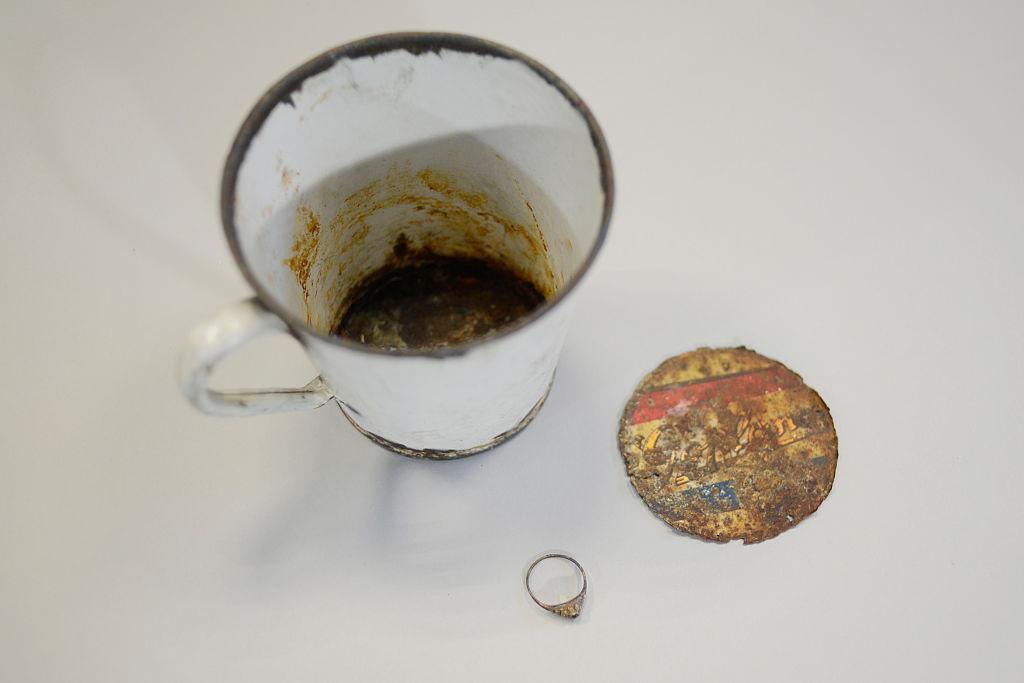
Many personal items of the Jews have since been discovered, and have been authenticated by archeologists, scientists, and historians, after the Holocaust. Items such as prayer shawls, Jewish stars, eyeglasses, and children’s clothes were carefully collected and are now being preserved in the Auschwitz museum “as a testimony to the fate of the Jews deported to the German Nazi concentration and extermination camp,” said Dr. Piotr M. A. Cywiński, Auschwitz Museum director.
Cywiński stated in a press release in May 2016 that the mug was taken from a Jewish person after he or she was taken to the Auschwitz concentration camp.
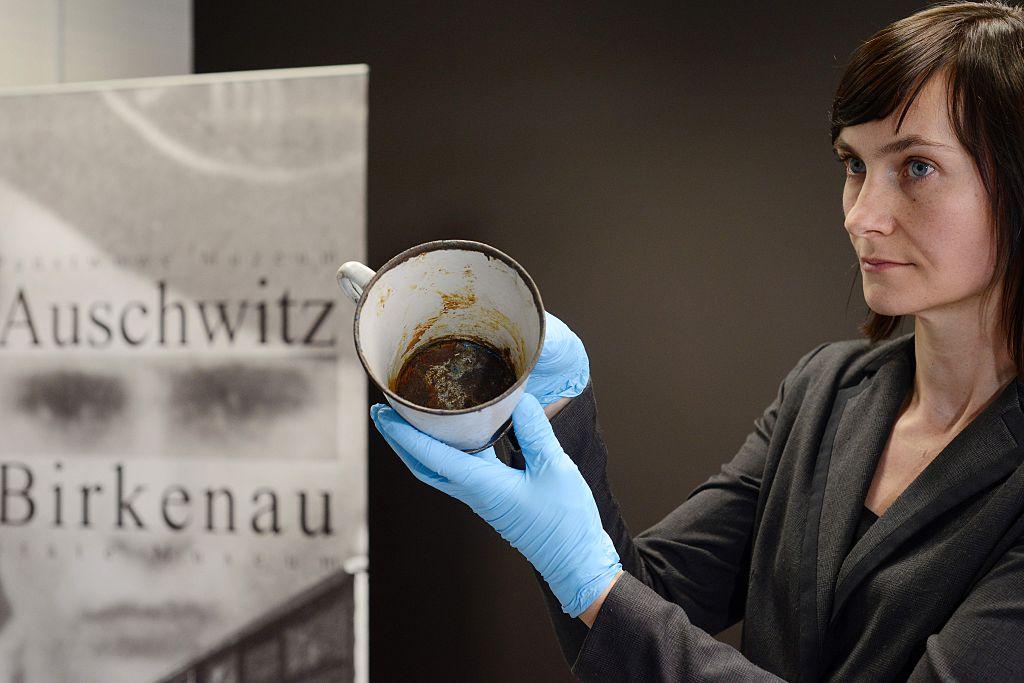
The mug did not seem extraordinary, except for a heart-shaped rust mark inside. X-rays were taken of the cup, revealing it had a false base. Upon opening it up, the cup’s secret was for all to see—a lady’s gold ring and necklace was found inside.
Alluding to the discovery, Hanna Kubik of the Memorial Collections said: “The ring, as well as the chain, have test properties for gold 583 placed on products produced in Poland in the years 1921-1931. It is the head of a knight with the number three on the right side.”
Revealing the contents of the ring and the chain, Kubik further added: “For detailed confirmation of the contents of the findings, the object was subjected to specialist tests, among others x-ray pictures, and a test using the XRF method, which proved the presence of the metals: copper, gold and silver”
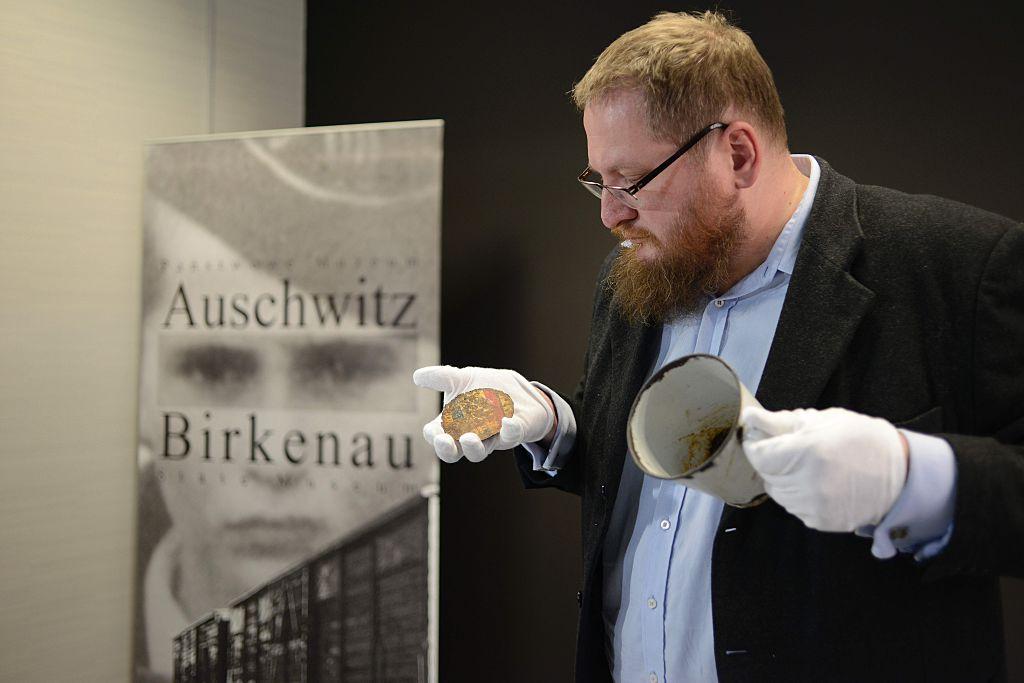
“The Germans incessantly lied to the Jews deported for extermination,” Cywiński said. ”They were told about resettlement, work, and life in a different location. They allowed the victims [to] take with them little luggage.”
“In this way, the Germans were confident that in the luggage—including clothes and items needed for life—they would find the last valuables of the deported families.”
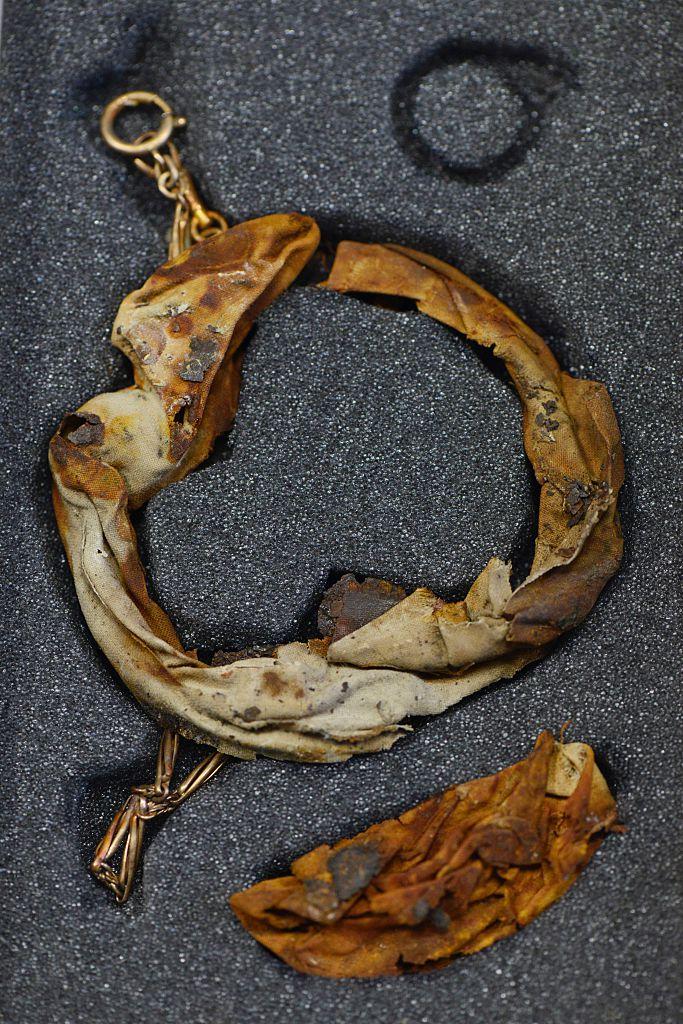
The mug is one of the 12,000 kitchenware items that include cups, pots, kettles held by the museum.
We'll probably never know who these treasures belonged to but are left awestruck by their courage and faith. Every effort taken to conceal their personal treasures “shows that the Jewish families constantly had a ray of hope that these items will be required for their existence,” Cywinski said.
The museum also revealed that it would be difficult to nail down the owner as there were no traces left on the object to identify them; however, the precious jewelry is stored in the Collections of the Museum.
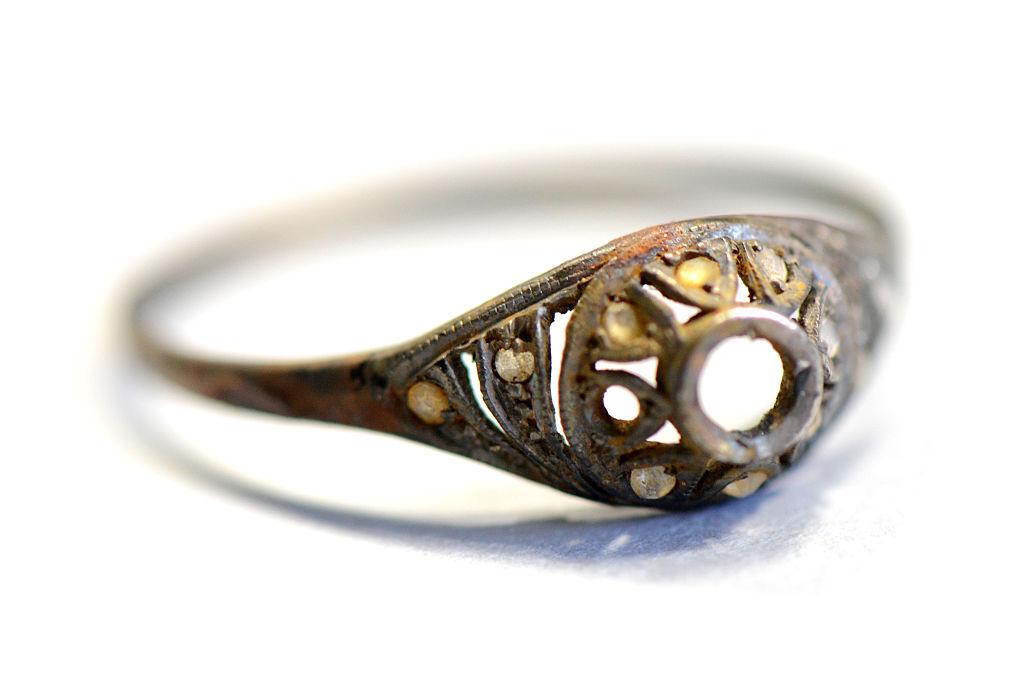

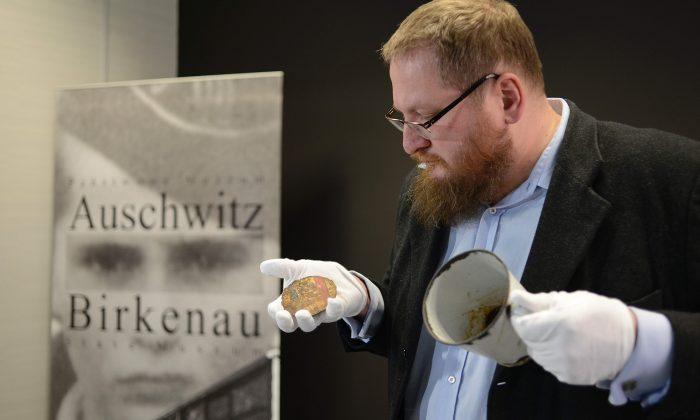





Friends Read Free